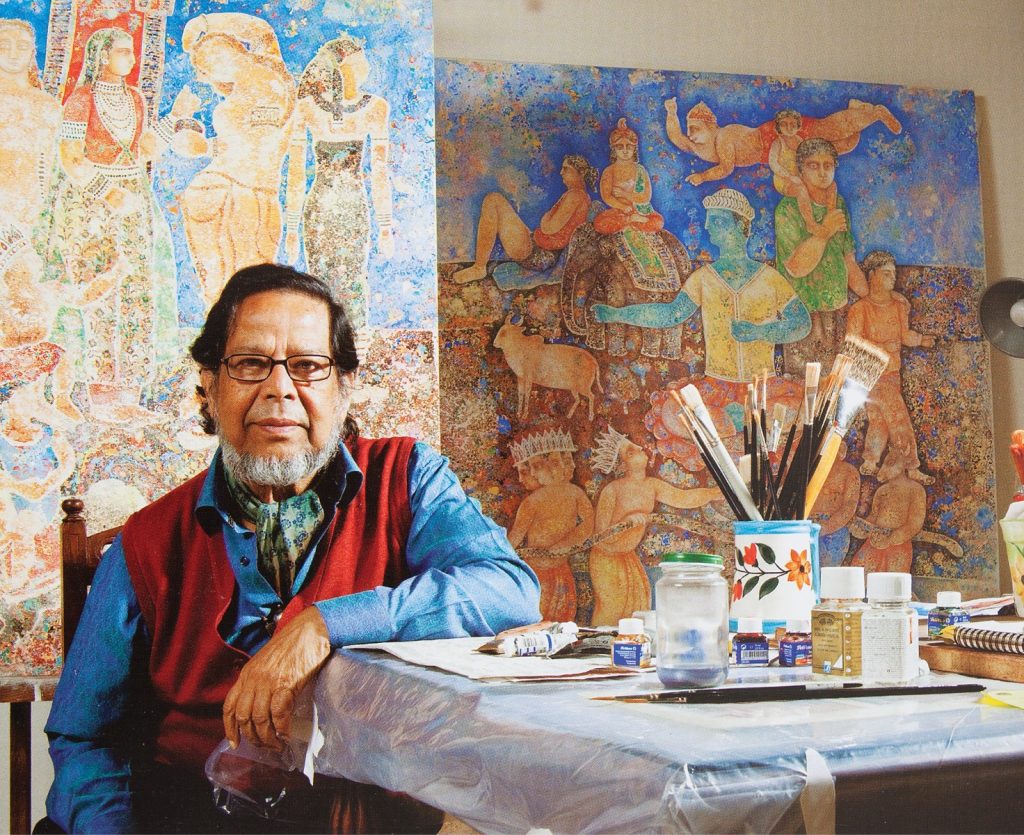How do we discover and lay claim to that which is our own? Why do we often come to appreciate the familiar only through the eyes of the other? When the artist Sakti Burman and his French wife Maite Delteil came to India in 1964-65 and visited Konark, Khajuraho, Ajanta, Ellora and Elephanta, both were astonished by the richness of Indian artistic heritage, especially Burman. The visit now symbolises a moment of epiphany in his artistic career since it brought him closer to the artistic and literary Indian narratives. It also inaugurated a cosmopolitan dimension in his artworks, a feature for which he has garnered immense acclamation.
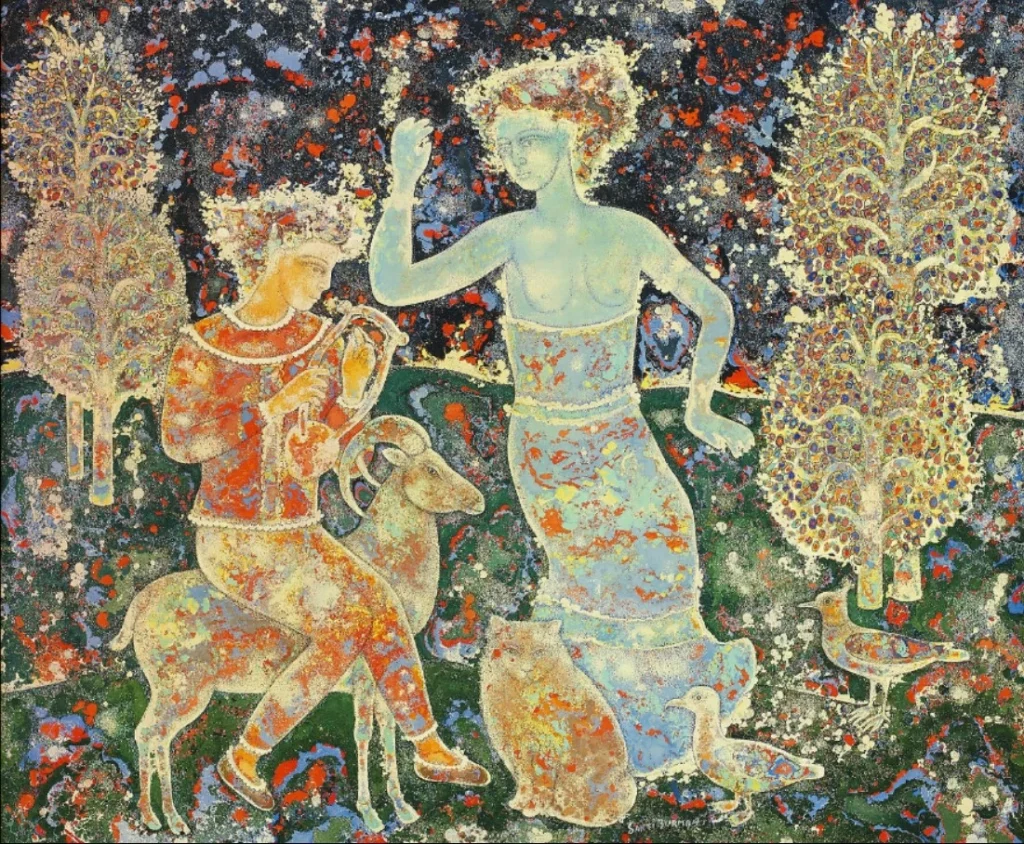
Celebrated in art circles as India’s Marc Chagall, Sakti Burman is a major contemporary Indian painter, lithographer, and sculptor. Born in 1935 in Calcutta, Sakti grew up in what is now Bangladesh during tumultuous years of political crisis. An interest in art came early to Burman. Since childhood, he doodled in his school notebooks. Here, his portraits of national leaders earned him attention and confidence. Later, he studied at the Government College of Arts and Crafts, Calcutta, and trained himself in the intricacies of the discipline. However, Burman aspired for something more challenging. Inspired by Van Gogh and the leading artists of Europe, Burman wanted to dedicate his life to art the way they had done. He said, “If I really wanted to make art my career, what I had learnt so far was not enough.” With his talent, hard work, and ambition, he got admitted to Ecole Nationale Superieure des Beaux-Arts, Paris. Since then, he has settled in France while maintaining strong ties with India, where he regularly exhibits his work.
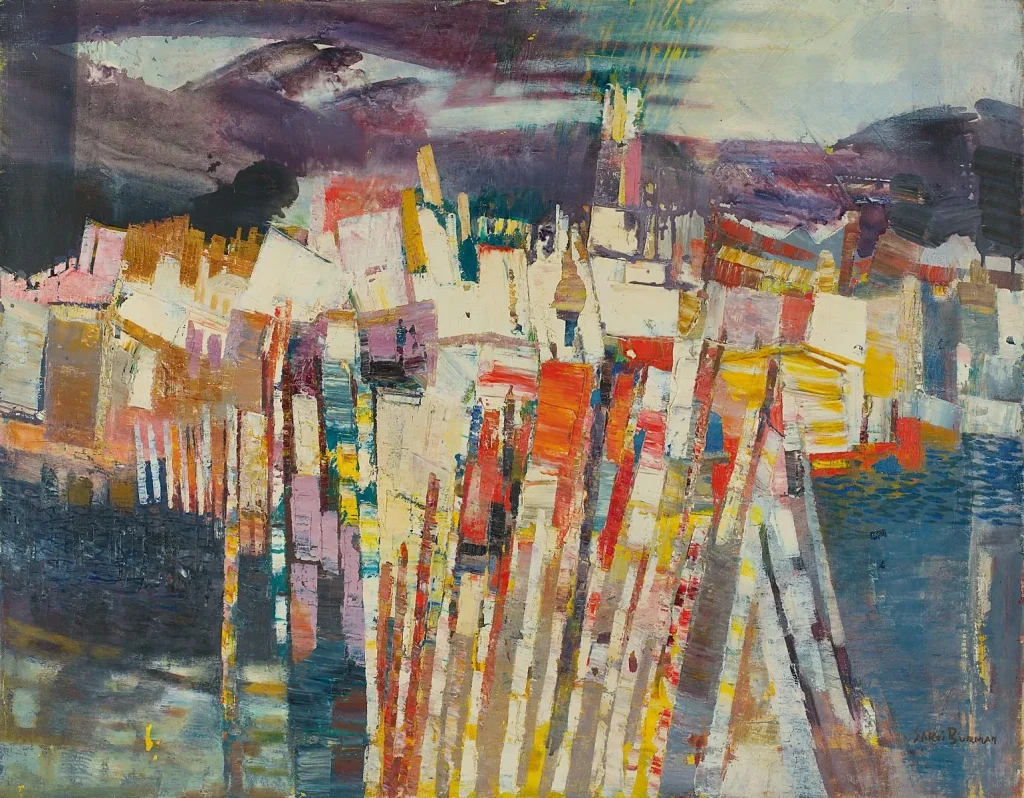
The artist had his first solo exhibition in 1954 in Kolkata and has since exhibited widely across the world, including at venues like the Galerie des Beaux-Arts, Paris; Piccadilly Gallery, London; Galerie Doucet et Coutureau, Paris; Galleria Nuovo Sagittario, Milan; and Galerie Sagar, Zurich. In 2016, Burman was conferred the Knight of Legion of Honour by the French government for his extraordinary work, located at the confluence of French, European and Indian cultures, and the enduring relations he has established between France and India.
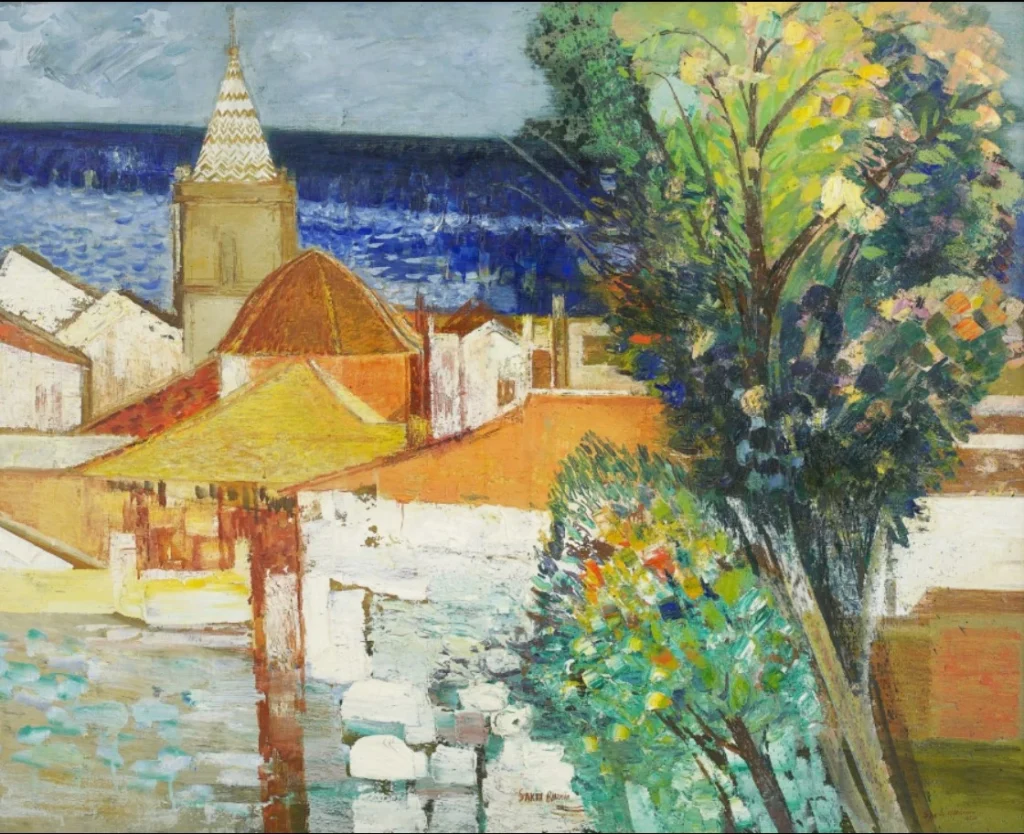
Over his long career of almost seven decades, Burman’s visual language has taken multiple forms. Though renowned primarily for his unique marbling technique, Burman’s early works display a strong influence of French artists like Henri Matisse, Marc Chagall, and Pierre Bonnard. His artwork is reminiscent of Matisse’s spontaneous brushwork and Bonnard’s sensibilities for painting interiors and rooftops. His works from this period, for instance, Untitled (1960), also display a strand of abstraction that was gaining ground in India. Yet, to his admission, he could not resist bringing a figurative element to it.

During this time, he also met his future wife, Maite – an artist herself – who took him to museums and galleries and furthered his art education. Together, the two also travelled to Italy, where he came across the works of Renaissance artists such as Raphael, da Vinci, Titian, and Botticelli, and Spain, where he experienced the art of Francisco Goya and Diego Velazquez. It was after this extensive engagement with European art history and the encounter with Indian artistic heritage in the mid-60s that Burman started developing his own visual language that brought together European and Indian imagery, narratives, and form. The peculiar marbling is reminiscent of ‘Memory of the Time‘, which was developed accidentally. It was a meticulous and elaborate process. The critic Ella Dutta explains, “First, he applies a liquified, clear, acrylic emulsion on the canvas. And then, he adds drops of oil paint mixed with the emulsion on the canvas. He uses a fine brush for this delicate application of paint. The special effect he achieves is the result of the distortion and spread of the drop on one kind of paint as it tends to separate from the emulsion.”
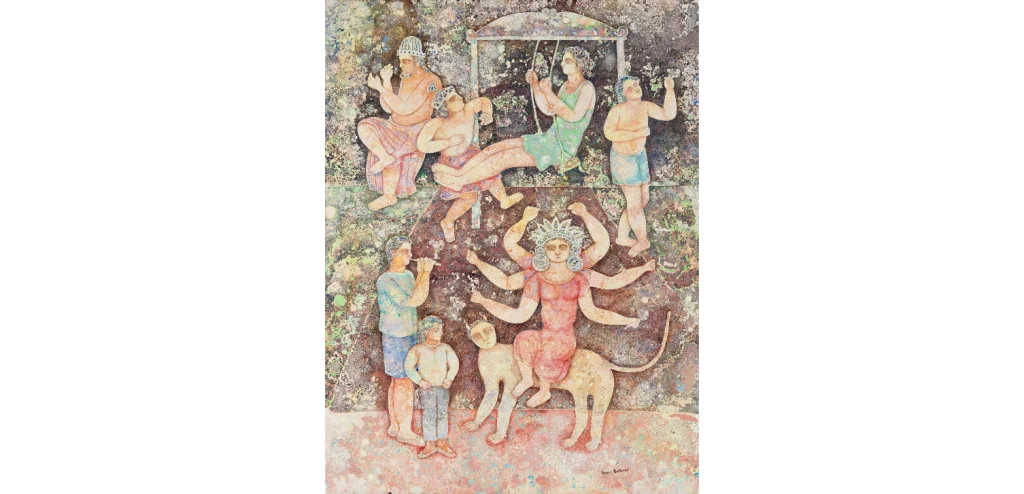
Saffron Art.
Burman’s paintings draw elements equally from cultural history and his personal life, often juxtaposing them in configurations that surprise the viewer. Take a look at ‘Matthieu playing flute for the Goddess‘ wherein Matthieu, his first son, is seen propitiating the Goddess Durga, who is seen in a western garb while a lady on the swing – who happens to be his wife – seems lost in her world, a figure that also appears in ‘Memory of the Time‘. Even the other figures exude an air of indifference and disenchantment, a quality noticeable in figurations across his oeuvre. Look closely at the Goddess Durga or the old man in the top left corner. What do they make you feel? Are they part of different narratives? They seem just like the man in a suit in ‘Memory of the Time‘ who pops up in a seemingly idyllic retreat of Siva and Parvati. It makes us wonder that the multitudinous quality that Burman’s dreamlike paintings evoke is unrestricted to the traditions he draws upon. It also extends to the disjuncture in narratives and lifeworlds that he presents.
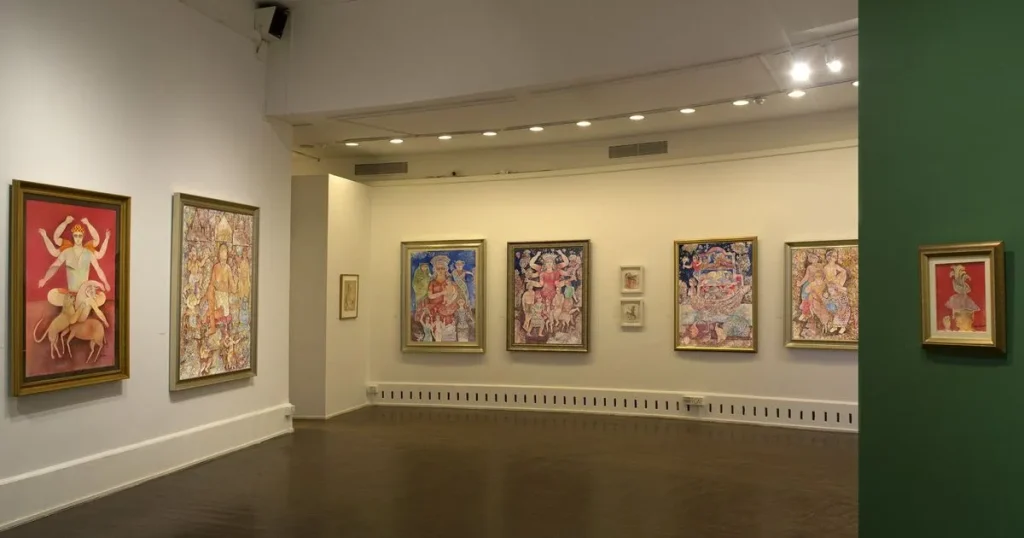
In 2017, a retrospective titled “In the Presence of Another Sky: Sakti Burman” supported by the Ministry of Culture and Art, showcased 250 works by the artist that mapped his plural and dynamic career across a nearly 70-year period by bringing together his significant pieces to his earliest drawings as a teenager as well as his lithographs and preparatory sketches giving the audience a comprehensive view into his artistic practice. Ranjit Hoskote, the curator of the retrospective, provides a beautiful reading of Burman’s sensibility that holds relevance for us in the present: “In their elegant fusion of time horizons, Burman’s works remind us that the global contemporary is, above all, a time and place of complex allegiances. We are all entangled in multiple definitions of self, linked by heredity, affinity, and choice to various sources of cultural meaning. In such a situation, the artist cannot be pinned down to a specific, narrowly regional definition of selfhood.”
References:
- https://www.dnaindia.com/lifestyle/report-seven-decades-of-sakti-burman-2552836
- https://scroll.in/magazine/858144/sakti-burman-the-artist-whos-the-heir-to-the-poets-who-composed-ramayana-and-mahabharata
- http://www.thehindu.com/entertainment/art/for-sakti-the-basic-gesture-of-life-is-dance/article19962443.ece
- http://sakti-burman.com/
- https://youtu.be/oCBuVLxv_TQ?si=xbnqnuKzuUeuhoHY
Photo Courtesy – Delhi Art Gallery
The Art of India 2023 Brings 100 Indian Artists Under One Roof To Celebrate “Inclusion & Diversity”
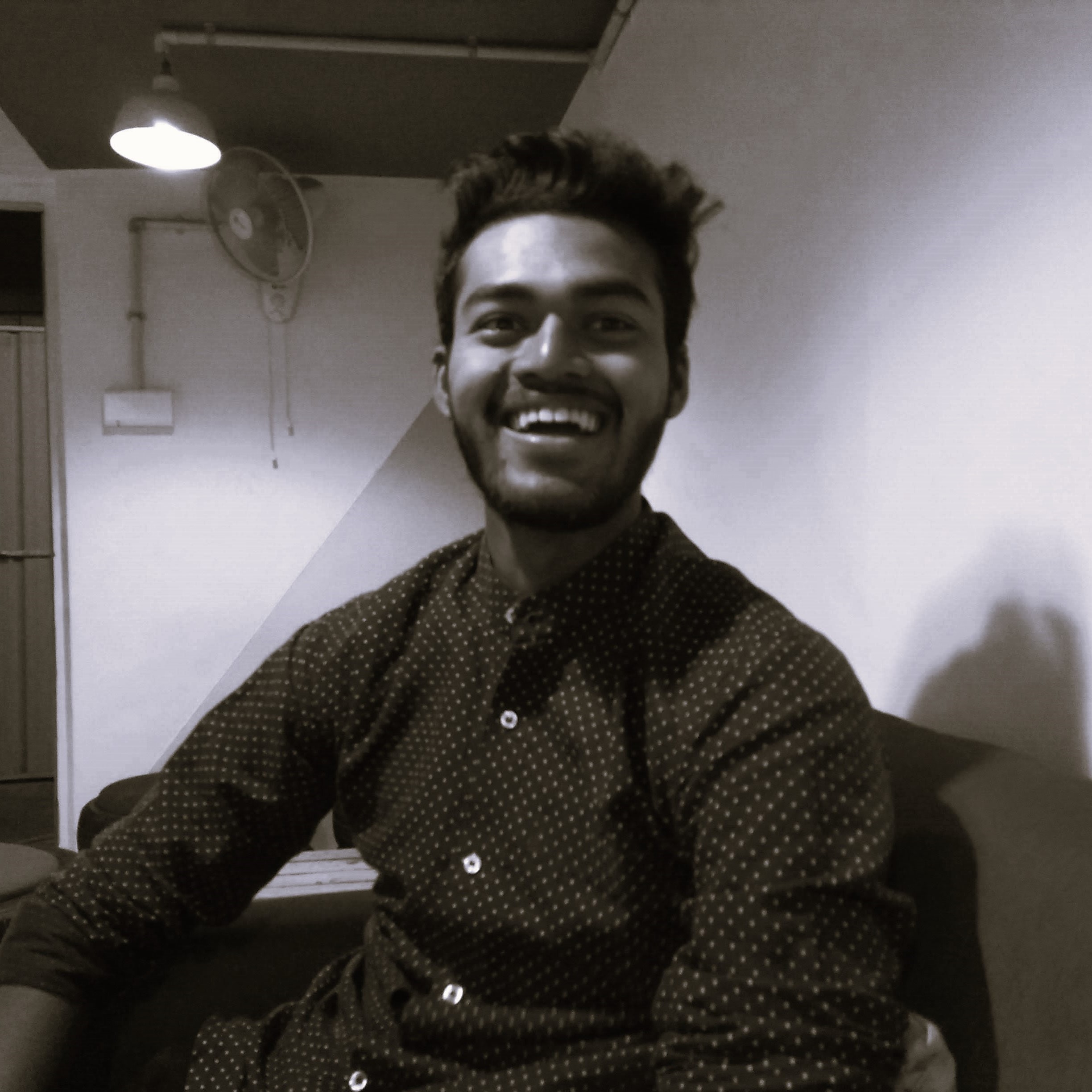
Contributor

